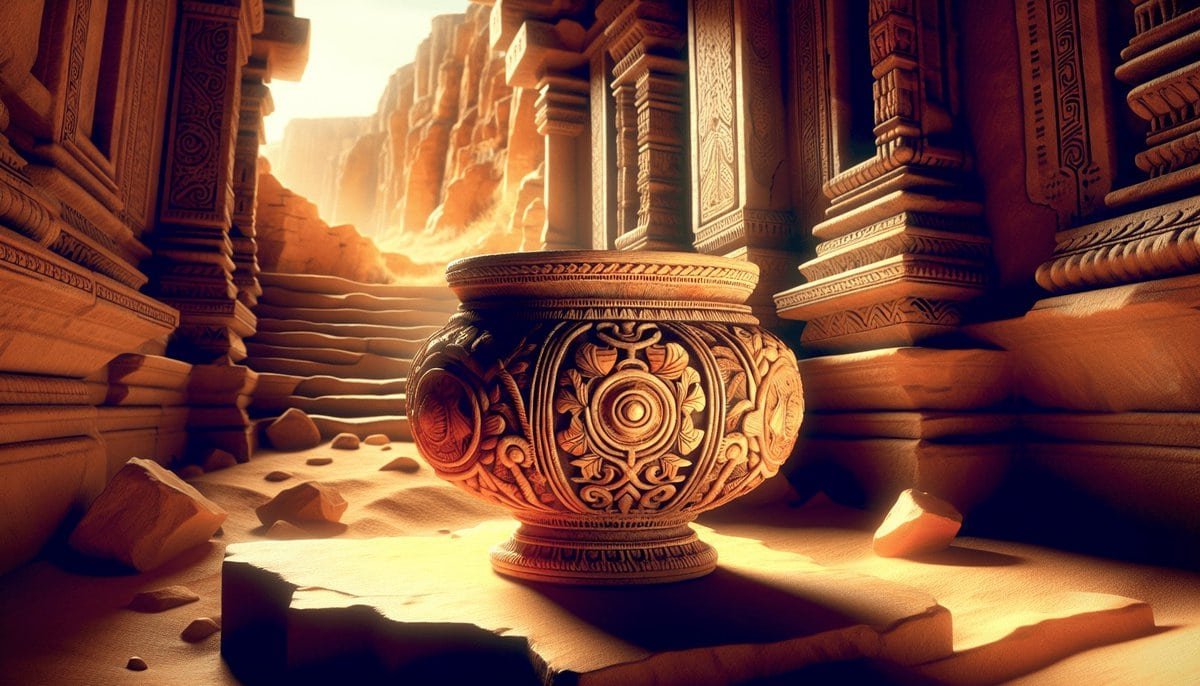Have you ever wondered how changes in ancient temple rituals have shaped historical narratives through the ages? The evolution of temple ceremonies not only reflects shifts in religious practices but also echoes profound societal transformations. As we uncover the secrets of these rituals, we gain insights into our past that inform our understanding of the present.
Changes in Temple Rituals and Their Historical Impact
The grandeur of ancient temples and the mystique of their rituals have always captured human imagination. Through the ages, these sacred ceremonies underwent significant transformations, reflecting broader cultural changes. This article explores the impact of those changes, grounding our discussion in historical context, archaeological evidence, and their lasting significance.
Discovery Context
Biblical References and Religious Significance
Temple rituals hold a critical place in biblical narratives, embodying the spiritual heart of religious communities. For example, the descriptions of Solomon’s Temple in the Hebrew Bible provide rich details of ancient rituals involving sacrifices, festivals, and priestly functions. These rituals were not mere ceremonial acts but pivotal events that defined community life, influencing social and political structures.
Historical Background and Geographic Location
The evolution of temple rituals can be traced across diverse civilizations and eras. From the ancient temples of Egypt and Mesopotamia to the grand structures in Jerusalem and throughout the Greco-Roman world, each temple bore the hallmark of the era’s religious doctrine. For instance, shifts from animal sacrifices to offerings of grains, fruits, and incense reflect changes in societal values and economic structures.
Recent Findings and Their Implications
In recent years, archaeological excavations have unveiled artifacts and texts that shed new light on ancient temple practices. The uncovering of the Dead Sea Scrolls and other similar findings not only provided insights into the rituals themselves but also into the lives of the practitioners and the broader geopolitical influences at play. Studies of temple complexes reveal variances in ritualistic practices, further confirming the fluidity and adaptability of these sacred rites.
Archaeological Evidence
Specific Artifacts Unearth Hidden Narratives
Archaeological finds are instrumental in reconstructing the nature of temple rituals. Items such as ritual vessels, inscriptions, and altars provide tangible evidence of the spiritual practices of the past. For instance, the analysis of temple remnants in sites like Megiddo or Luxor offers priceless insights into the ceremonial life of ancient peoples, illustrating the intersection between daily life and spiritual devotion.
Dating Methods and Verification
Archaeologists deploy a variety of dating methods, including radiocarbon dating and stratigraphy, to ascertain the timelines of temple rituals. By placing these rituals within a chronological framework, researchers can understand the broader historical narratives and cultural exchanges influencing ceremonial practices.
| Artifact Type | Dating Method Used | Period Identified |
|---|---|---|
| Ritual Vessels | Radiocarbon Dating | 10th Century BCE |
| Inscribed Altars | Stratigraphy | 1st Century CE |
| Temple Wall Reliefs | Thermoluminescence | 4th Century BCE |
Expert Interpretations and Diverse Perspectives
Academics and historians offer varying interpretations of ritual artifacts. Some view changes in rituals as a response to external pressures such as invasions or religious reformations, while others see them as reflections of internal developments like theological shifts. These interpretations often intertwine with broader geopolitical and sociocultural transformations.
Significance of Changes in Temple Rituals
Biblical Implications: Religion Evolving with Time
Changes in temple rituals highlight the adaptability and continuity of religious beliefs. As societies evolved, so did their spiritual practices, suggesting a dynamic rather than static religious tradition. This adaptability facilitated the endurance of core religious concepts even as the outer forms of worship transformed.
Historical Impact: The Ripple Effect
Temple rituals not only held religious significance but were also instrumental in shaping historical events. The consolidation of power by priestly classes, the economic rationale for specific offerings, and the political dynamics surrounding temple building and maintenance are all intertwined with ritual practice.
Modern Understanding and Ongoing Research
Today’s scholars continue to investigate the evolution of temple rituals, utilizing advanced technology such as digital reconstructions and non-invasive archaeological techniques. Such research contributes to a nuanced understanding of how ancient rituals resonate in contemporary religious practices and cultural memory.
Conclusion
In sum, the shifts in temple rituals over the centuries offer invaluable insights into the interplay of religion, culture, and politics. By examining these changes, we can discern patterns of human behavior that transcend time and geography. As future excavations and analyses continue to unfold, they promise to enrich our understanding further, encouraging a deeper appreciation for the intricate tapestry of our shared history. Consider engaging with literature and research to explore how these ancient rites inform our spiritual and societal landscapes today.
Understanding the past through the lens of temple rituals not only satiates historical curiosity but also guides contemporary thought, bridging the ancient and modern in a continuous dialogue.






